Violent Israeli settler attacks against Palestinians in the West Bank have skyrocketed ever since October 7. Before that, 2022 and 2023 were already setting record highs in settler violence, but the nature of settler attacks today is on an entirely different level. Settlers are now expelling entire Palestinian communities from their villages for the first time in decades.
According to the UN, Israeli settlers expelled about 1,200 Palestinians from some 25 rural communities across the West Bank, including seven communities that have been completely depopulated.
To say that this is historically unprecedented since the 1967 war would be an understatement.
In recent weeks, Israeli settlers ramped up their attacks on several Palestinian villages east of Ramallah. On April 11, following the disappearance of a teenage settler near the village of al-Mughayyir, hundreds of settlers launched a series of pogroms against neighboring Palestinian villages.
“Settlers came from the nearby settlement of Shilo up the hill and began to attack livestock barracks in the plain outside the village,” Abu Musa Bashir, a resident of al-Mughayyir, tells Mondoweiss. “They entered the village and began to shoot at houses, killing a young man who tried to defend his house with stones from his rooftop.”
“For two days, settlers wounded dozens of people, burned eight houses, five livestock barracks, and many cars,” he said. “This is not the first time they attacked al-Mughayyir, but in recent months, the settlers’ pressure on the village has increased, leaving everyone in constant terror.”
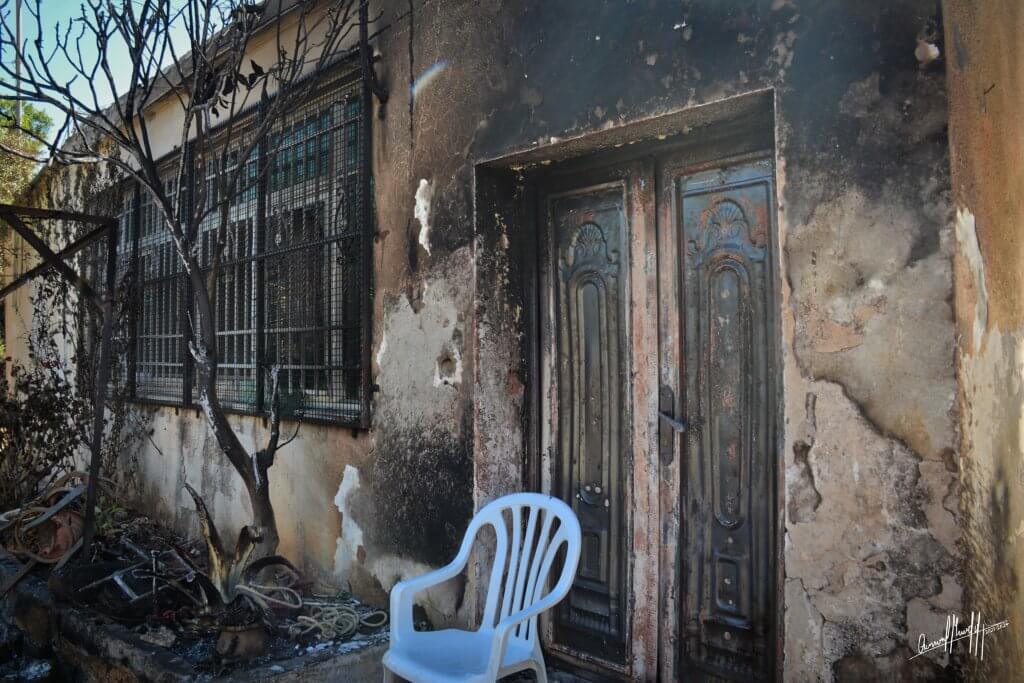
The location of the attacks wasn’t a coincidence. The Israeli teenager went missing near al-Mughayyir and was later found dead in the same area. But the attacks extended to the neighboring villages of Mazra’a Sharqiyyah, Turmusayya, Sinjel, Libban, Duma, and Aqraba, stretching from the northeast of Ramallah to the southeast of Nablus.
This line of villages, moving north to south between the two cities, overlooks the Jordan Valley to the east, at the edge of the semi-contiguous Palestinian demographic presence in the central West Bank.
The lands of these villages extend into the eastern slopes of the central West Bank — a semi-arid chain of valleys and hills that spill into the Jordan Valley. Palestinian villagers used to cultivate these slopes until 1967, when Israel declared most of them closed military zones. They are also the most fertile areas of the entire West Bank.
Bedouin Palestinian communities have lived on these slopes for generations, moving their livestock up and down the hills depending on the season and using the space for herding. In doing so, they have maintained a centuries-old lifestyle that is native to the region. The only thing standing in the way of the annexation of these lands by Israel are these Palestinian communities, which is why settlers and Israeli authorities have been gradually expelling them in a piecemeal fashion, as in the case of the slow ethnic cleansing of the Bedouin community of Ein Samiya in May 2023.
After October 7, everything changed. Israeli settlers expelled most of the Bedouin communities in the last six months. And now the geographic pattern of settler violence in the West Bank becomes clearer: they are pushing for the depopulation of the Palestinian villages bordering the Jordan Valley.
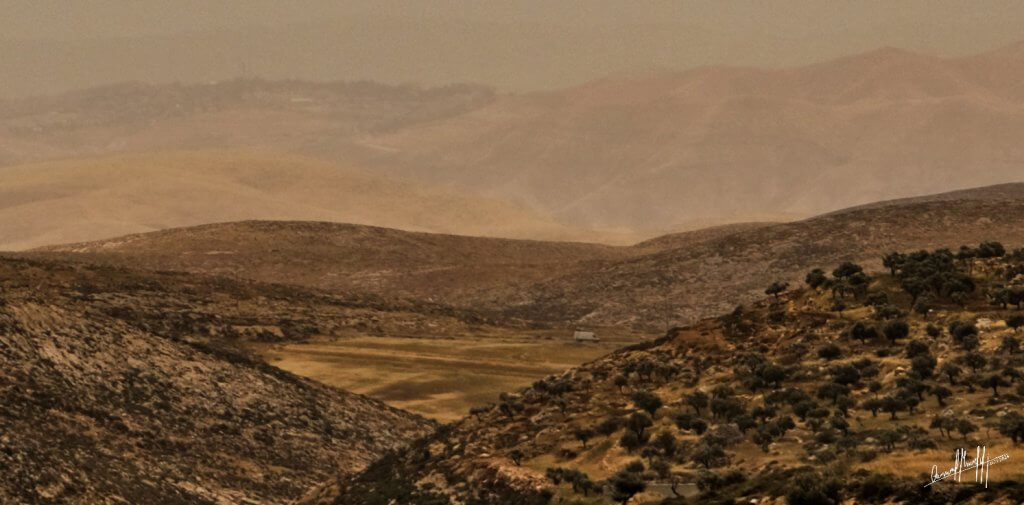
A legacy of displacement
On October 12, the largest Bedouin community on the eastern slopes of the central West Bank, Wadi Siq, ceased to exist. Armed Israeli settlers entered Wadi Siq at noon and told Palestinian families to leave and never come back under threat of death.
Abu Bashar Ka’abneh, head of one of the families in Wadi Siq and spokesperson for the community, crossed the Israeli road from the valley where the community stood, and moved less than three kilometers away to the west of the Israeli highway, settling with his and other families on the lands of the Palestinian village of Rammun.
“We are originally from the Naqab desert, in the south of historic Palestine,” Ka’abneh tells Mondoweiss. “Our parents were forced out of there in the Nakba in 1948, and settled in the southern tip of the south Hebron hills, known as Masafer Yatta.”
“The occupation army forced them to leave again after taking over in 1967, and they scattered along the Jordan Valley and the eastern slopes until, in the late seventies, some 40 families gathered in Wadi Siq and created the community.”
“We were always banned from building so we lived in trailer houses and tents because the entire Jordan Valley and the slopes are a part of area C. They just let us live there, although with a lot of restrictions, until 2020,” Ka’abneh recalled. “Settlers began to harass us, bulldozing land around the community with the excuse of preparing for a new settlement and banning us from herding near specific areas, but then they began to become violent.”

“When we were forced out, some settlers wore Israeli reserve army uniforms. Others went into the houses and kicked women out, while some men were arrested and beaten. Many were forced to leave without taking clothes or personal belongings, and some went missing in the valley before reaching the road,” Ka’abneh says, recounting the harrowing events of last October. “We are now in the same area, technically just across the road, but no longer in area C.”
Settler attacks on this area first began to take a deadly turn in 2015, when Israeli settlers torched the Dawabsheh family’s home in the village of Duma, killing an entire family, including 18-month-old Ali. The solve survivor of the family was 10-year-old Ahmad Dawabsheh, suffering serious burns.
A year ago, in March 2023, settlers tried to do the same to a farmers’ family outside of the village of Sinjel, halfway between Ramallah and Nablus. Settlers threw burning objects inside the house of the family from a small window opening. The family, including both parents and three children, escaped from a back door at the last minute, surviving but losing their home.
Allon, Sharon, and the new borders
“The first thing to note about the line of eastern villages is that it forms the natural edge of the Jordan Valley,” Khalil Tafakji, a top Palestinian expert on Israeli settlements and former head of the maps unit at Jerusalem’s Orient House, tells Mondoweiss. “And the first thing to remember about the Jordan Valley, as far as settlements are concerned, is the Allon plan of 1967.”
The Allon plan, devised by Israel’s then-labor minister Yigal Allon shortly after Israel’s occupation of the West Bank suggested annexing large parts of the West Bank by Israel and leaving the rest to Jordan. The portion of the West Bank whose annexation Allon proposed was the Jordan Valley. According to Allon’s plan, the demarcating line that sat on the edge of the prospective area to be annexed was the eastern line of villages that have been at the center of settler violence in recent weeks.
“The Jordan Valley is just too strategic for Israel, but it has nothing to do with security,” explained Tafakji. “The Jordan Valley is an economic asset, the main agricultural land [in the West Bank]. Without it, a Palestinian state would never stand a chance.”
“The expulsion of Palestinian communities in the eastern slopes guarantees for Israel an interruption to Palestinian demographic contiguity, cutting off the Jordan Valley from the central West Bank, while the villages themselves are meant to be the border,” Tafakji says. In doing so, he says that Israel intends to turn the main Palestinian cities in the West Bank, such as Ramallah, Bethlehem, and Jenin, into isolated ghettos. “This was [also] the basis for the Sharon plan of the 1990s,” he notes.
Former Israeli Prime Minister and then-minister of foreign affairs Ariel Sharon designed a plan in the 1990s that complemented the Allon Plan. It included the expansion of settlements between the 1949 Green Line and the Jordan Valley in the very heart of the West Bank, cutting off the northern West Bank from its center. This was then later complemented by Sharon’s implementation of the annexation wall in 2004, which trapped Palestinians in non-contiguous and closed-off enclaves. Their eastern border was the line of villages overlooking the Jordan Valley.
“This was the entire purpose of dividing the West Bank into areas A, B, and C in the Oslo accords,” Jamal Jumaa, coordinator of the Palestinian Stop The Wall campaign, tells Mondoweiss. “The wall plan follows the Oslo division lines, completing the process of isolating Palestinian areas from each other, with the only connection between them being a series of tunnels, gates, and checkpoints that would make Palestinian life as a cohesive entity in the West Bank practically impossible.”
“But then the remaining Palestinians in area C would need to be removed, and that is where settlers’ violence comes in,” he added.
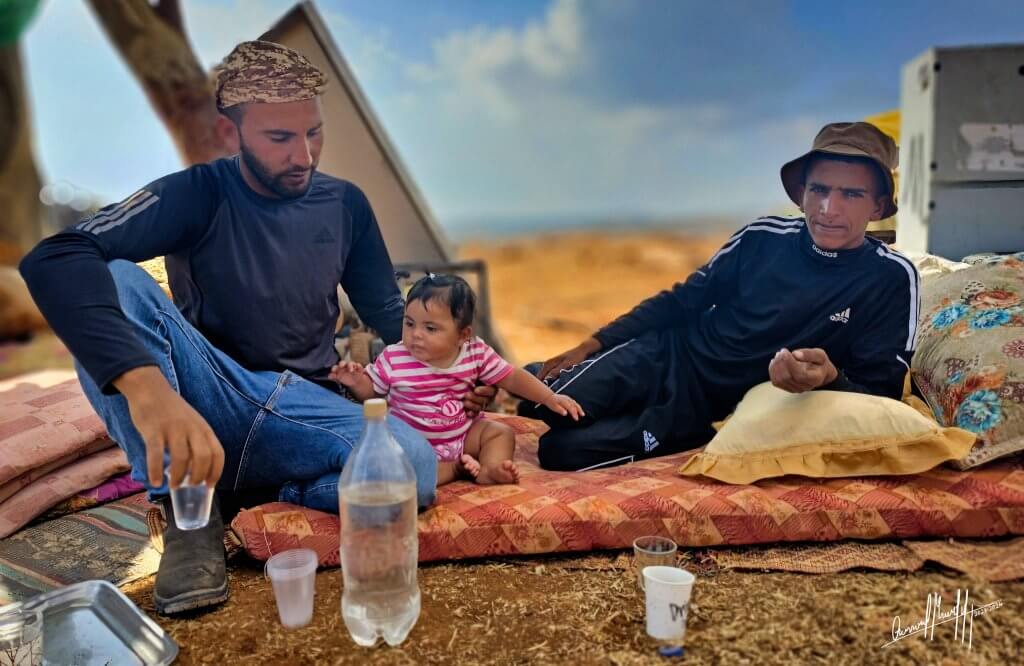
Demographics and ‘change of policy’
Israeli settler demographics in the West Bank have grown to more than 600,000 Jewish Israelis in recent years. But their actual presence in area C of the West Bank outside of the major settlement blocks hasn’t grown at the same rate.
According to a study published by a group of Israeli researchers at Reichman University in early March, Israel’s settlement policy in area C had “failed.”
Researchers argue that rates of Israeli settlers moving into the area are much lower than those leaving the area to go to major Israeli cities and settlement blocks. Moreover, the study asserts that Palestinians have continued to grow in numbers in Area C due to family property deeds and high birth rates.
According to the study, the ratio of Israelis to Palestinians in Area C has decreased from 81% in 2010 to 58% in 2023. The study concluded with a recommendation to “stop investing in a losing real estate project” and to “change orientation” in the West Bank.
“The change of policy orientation could mean many things,” Tafakji says. “Including settler violence, especially when settlers have become so influential in Israeli policy.”
“The fact that these areas are particularly targeted is no coincidence, and the fact that settler groups allied with Israeli politicians orchestrate these attacks is not a coincidence either,” he stresses.
At Rammun, Abu Bashar Ka’abneh reflects on his expulsion from the valley just across the Allon road, named after Yigal Allon, who drew its line on the map in 1967.
“We came to this side of the road after our lives were threatened, but we didn’t go far away,” he remarks. “I’ve lived all my life moving up and down the eastern slopes between these villages and Jericho. I can’t fathom how this road will cut us off and become a border. It just doesn’t make sense.”
Meanwhile, in al-Mughayyir, where villagers are still counting their losses from the latest settler attack, Bashir Abu Musa insists, “We are peasants, and our land is part of who we are.”
“They can kill everyone in the village, but we aren’t going anywhere,” he says.
Qassam Muaddi
Qassam Muaddi is the Palestine Staff Writer for Mondoweiss. Follow him on Twitter/X at @QassaMMuaddi.

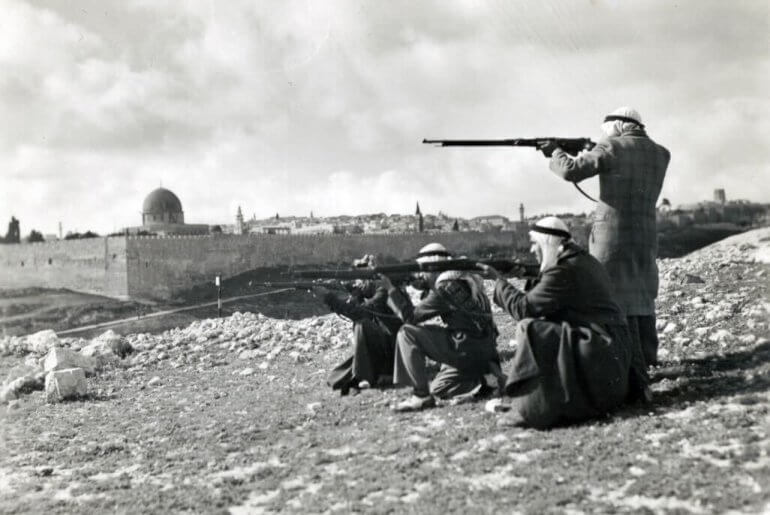

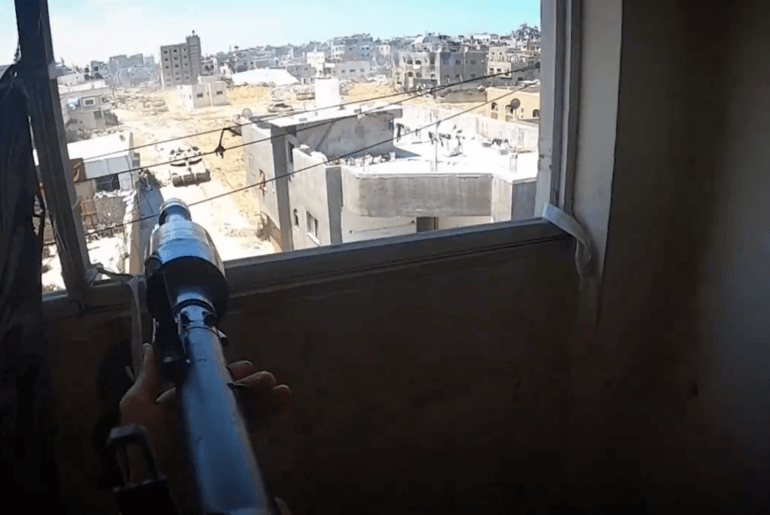
Ayelet Waldman, who traveled with Rabbi Alisa Wise of Rabbisforceasefire to try and get food-aid into Gaza Strip said on DemocracyNow! that the new settler trick, is to photo herd of sheep on their phone; show the pic to IDF and say, “look, Palestinian farmers stole our sheep, give our livestock back….and the IDF herds the stolen sheep back to the loser settlers. https://www.democracynow.org/2024/4/29/rabbis_for_ceasefire_erez_crossing
We demand full disclosure and sanctions on Zionist US nonprofits hiding their generous US taxpayer funding to the settlers for rifles, ammo, weapons, gear and stolen land used to terrorize the Beduin and Palestinian farmers.
Thank you bringing this up, we all know what’s happening in Gaza not much gets told about Settler Violence in the West Bank. It sure has ramped up after Oct 07 including more Palestine Land is stolen to erect more settlements. Is the West Bank meant to have more Settlers than Palestinians at this rate it sure looks like that is going to be the case and the Palestinians will end up being 3rd grade citizens…
Sad reading, but thanks for reporting.
“The Israeli teenager went missing near al-Mughayyir and was later found dead in the same area.” Now, how did that happen? Oh, you mean he was kidnapped and murdered, I get it! For a minute, thanks to Mondoweiss’ “honest reporting on Palestine”, I thought it was just one of those things.
The Palestinian population of the West Bank is around 2,000,000 today, about double what it was in 1967. Let’s hear it for Israeli displacement and genocide!